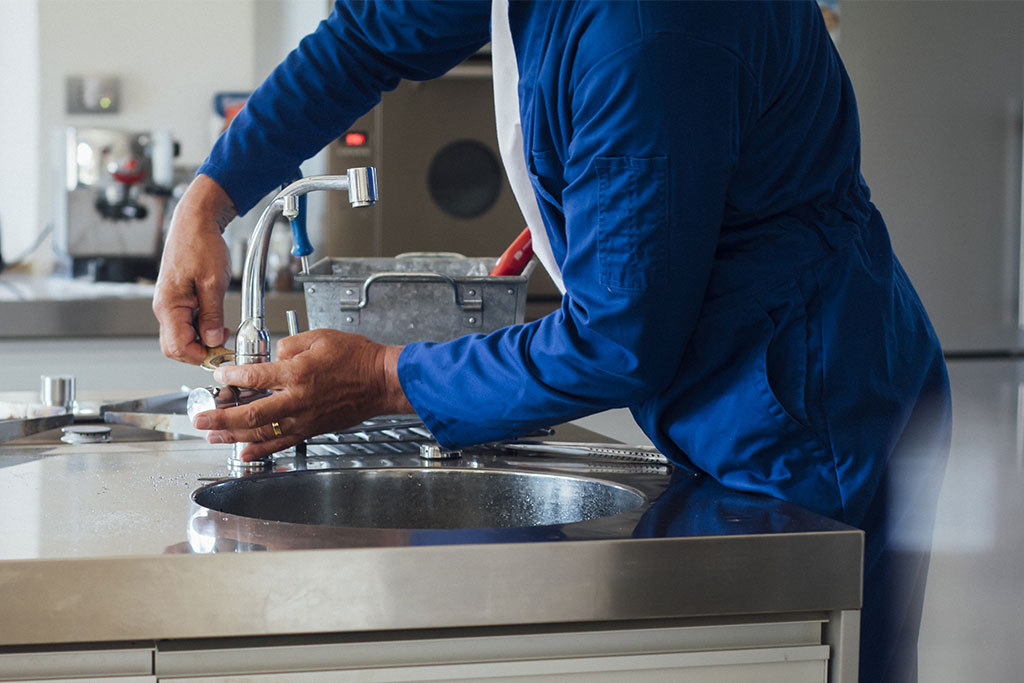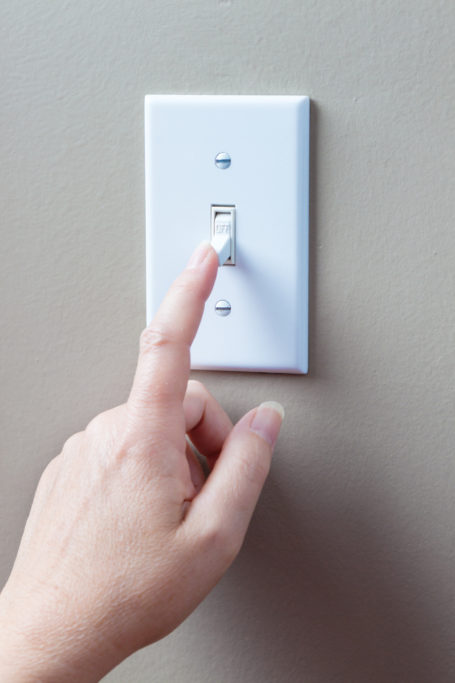The Cost of Delaying Home Maintenance
At one point or another, you may have noticed a leaky faucet, slightly drafty window, or chipped paint on your home’s exterior trim and thought, No big deal.
I’ll just take care of it later. Too often, though, later never comes. And one day, you realize that you’re now facing severe water damage, windows that are falling out, or extensive wood rot. That’s often the reality of delaying home maintenance: what starts off as a small issue quickly turns into a bigger one that costs you more money in the long run.

The ripple effect of neglect Many problems in your home don’t just happen overnight; rather, they are the result of slow degradation over a longer period of time. Think of a small crack in your foundation. You aren’t sure where it came from, but it seems relatively harmless, so you push it to the back of your mind. However, it might be due to a leaky gutter that caused water to pool next to an exterior wall every time it rained, leading the soil to gradually erode, your foundation to shift, and the crack to appear. That’s bad enough on its own, but because none of those issues were addressed, water can now seep into the small crack, resulting in more structural damage that could have been avoided if the initial culprit, the gutter, had been fixed right away.
The same idea applies to other areas in your home—your pipes, roof, appliances, HVAC, landscaping, and so much more. Leave issues unattended, and they may come back to bite you in a major way.

The top consequences
As a general rule, you can expect to spend about 1 to 4 percent of your home’s value on annual upkeep. That may seem like a lot, but it’s worth the investment when you recognize the true costs of deferring your regular maintenance tasks.
Reduced energy efficiency
Though they may just seem like simple irritations, problems like drafty windows and doors shouldn’t be ignored. Sure, your thermostat may still be maintaining an adequate temperature, but the reality is that your HVAC is having to work harder to keep your home at that temperature. Without a tight seal, you’re continually wasting energy, likely experiencing higher utility costs, and ultimately reducing the lifespan of your home’s system, which could mean replacing it sooner than you would have otherwise.
Pricier repairs
Minor home-care tasks are essentially preventative measures since they often eliminate problems before they have a chance to snowball into major issues. When you wait until a pipe starts leaking or your ceiling is sagging, you’ll be stuck having to deal with emergency repairs, which are more stressful and substantially more expensive than routine maintenance. Imagine the difference between replacing a worn-out gasket on your faucet now versus paying a plumber to fix a burst pipe later.

Greater insurance concerns
A home with deferred upkeep can be a ticking time bomb for your homeowners insurance. Your policy protects you from covered events, but it may also come with an expectation of reasonable maintenance. If you neglect a known issue and it leads to further damage, your insurer might deny your claim entirely, arguing that proper care could have prevented the greater problems. Even if your claim isn’t denied, a history of neglecting these tasks may lead to higher premiums in the future since a poorly kept home presents a higher risk.
Decreased home value
Whether you’re hoping to sell your home this year or in five years, try to put yourself in a potential buyer’s shoes. If they notice a leaky faucet, for example, it could lead them to wonder what else may be wrong with the house. This may, in turn, reduce your home’s value along with your chances of receiving a good offer. On the other hand, regular maintenance demonstrates that you’ve taken good care of your home, which could make it more attractive to buyers and potentially fetch a higher selling price.


















